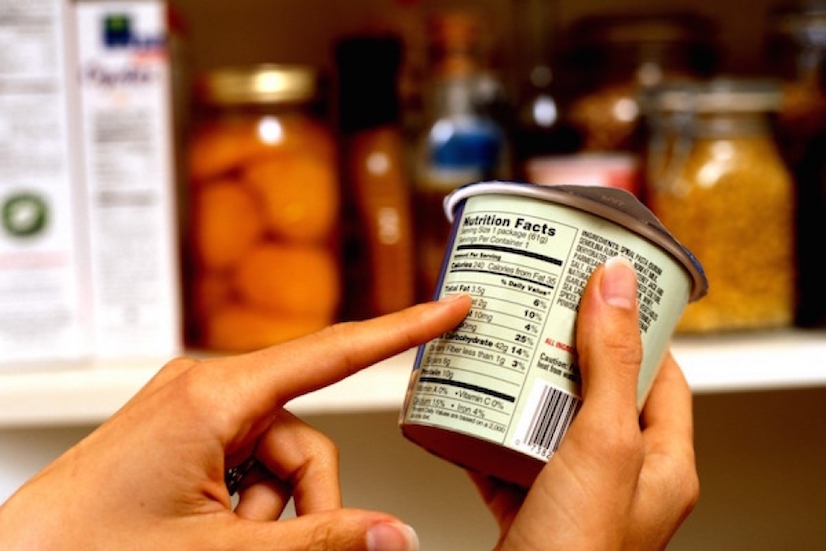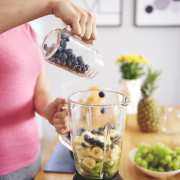As a healthy lifestyle blogger, shopping at Costco is by far one of my favorite pastimes. Not only is it a great way for me to stock up on affordable whole foods for the family, but it’s also an opportune time for me to observe the general public’s responses to the newest sly marketing ploys and manipulative sales tactics driven by the food and beverage industry.
While I’m constantly scoping out the labeling information highlighted on the fronts of food packages, most of my real observations take place at the sampling kiosks situated within their stores. One things for certain, if a food looks good, most folks will give it a taste test but it’s typically upon hearing the distributers mouth the words “Low-Fat”, “Gluten-Free” or “All-Natural” that many actually decide to buy.
It’s as if those spoken words and brandings on a package alone dictate whether a food is healthy or not.
And this isn’t at all exclusive to Costco.
Truth is, the very same persuasive techniques are being carried out daily at traditional supermarkets and even large chain health food stores like Whole Foods and Trader Joes.
Related Article: Clean Eating: A New (Old) Trend That I Secretly Hate
On a random day, I had the chance to chat with a food distributer at a local health food store about a so-called “healthy” smoothie she’d been promoting all week. After an hour of conversing with this woman, during which time I broke apart the fuzzy language used to describe the nearly 40 grams of sugar housed in each 8-ounce cup of this smoothie, she uttered the words “I’ll never drink this crap again”.
Related Article: Dietary Sugar: The Good, The Bad and The Unnecessary
Though amusing, this story is quite disturbing, as many people simply don’t know any better. Sure, eating a nutritious diet is essential for overall good health. But, for several decades the food and beverage industry has been bombarding the general public with confusing and oftentimes misleading labeling information on the fronts of product packages in a deliberate effort to camouflage subpar ingredients.
I can’t emphasize enough the importance of familiarizing yourself with the actual Nutrition Facts label and ingredients list on packaged foods. This is really the only way to know what you’re actually going to be eating.
So, to make the process a little easier for you, I’ve broken down the ins and outs of ‘what you need to know’ about food labels in the following sections in order to help you make the best choices possible (click on the links for more information).
Related Article: Seven Food Labeling Tactics That Are Making People Sick

- Serving Size and Servings Per Container
- Calories and Calories from Fat
- Total Fat and Types of Fat
- Cholesterol, Sodium and Potassium
- Carbohydrates
- Protein
- Vitamins and Minerals
- Ingredients List
Learn how you can achieve and maintain good health through weight management. Get your copy of Leaving Your Fat Behind today!
Disclaimer: The information provided is for educational and informational purposes only and is not intended to diagnose, treat, cure or prevent any disease. Any reader who is concerned about his or her health should contact a physician for advice.







